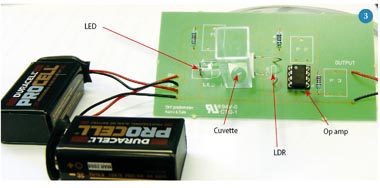Synthetic biology aims to create biological parts which can be connected together to form larger functional devices, and many hope the most poplar library of parts will be “Open Source”. Openly publishing large collections of biological parts is great, as it would rapidly accelerate engineering progress and rapidly diseminate the technology.
There’s one big drawback to open source though: Where do you go when it doesn’t work? This is called the support issue. Presumably, there’s a “community of experts” who monitor problems and provide fixes for others. More often, though, the users themselves have to become expert, or they abandon the project. (A secondary question is: Who do you sue when it does something wrong? which is a question I posed in my licensing discussion.)
I recently ran across the following blog article from a popular web hosting company (bluehost.com) describing their use of Linux (properly called GNU/Linux, since Linux is only a small part of the operating system, and a tapestry of GNU software makes up more than 90% of a “Linux system”). This web hosting company is very popular with many individuals and small companies, and it’s profitable existence owes much to open source software (although it’s reported that their servers experience unhealthy downtime). Without open source software, the company couldn’t exist; the cost of their software would make their service very unprofitable.
The following quote is telling [1]:
“Whenever we see ANY bottleneck in the system whether it be CPU, I/O Block Device, Network Block Device, Memory, and so on we find out EXACTLY what is causing the problem. When I say we find the problem, I mean we go down to the actual code in the kernel and see exactly where the issue is. Sometimes that gives us the answer we need to the solve the problem and other times it is a bug in the kernel itself that we need to create a patch for.” (The full article is quoted below)
More→

